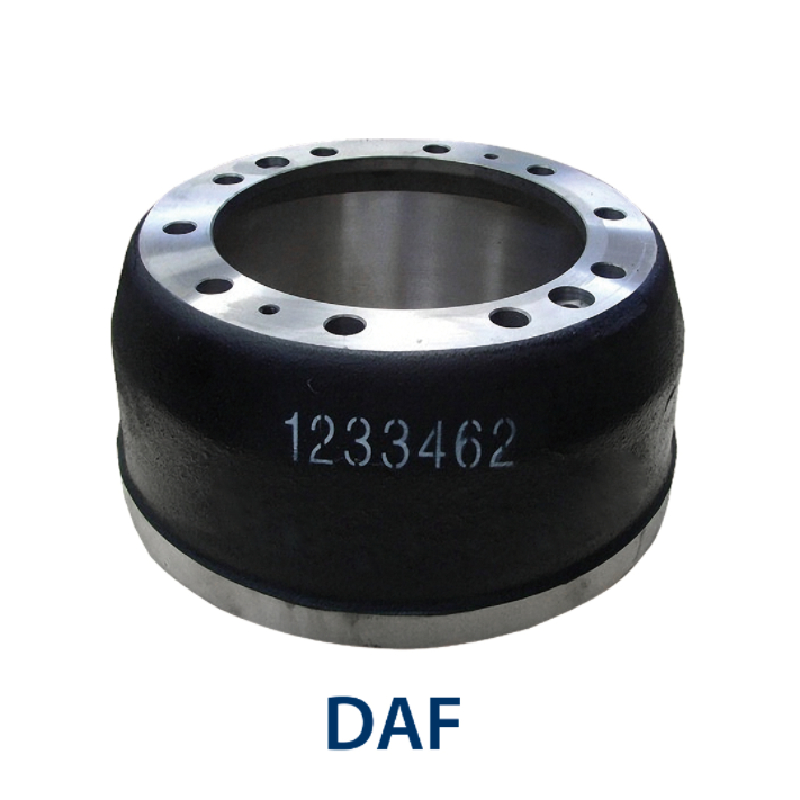nov . 08, 2024 15:02 Back to list
what is a brake drum on a car
What is a Brake Drum on a Car?
A brake drum is a crucial component of a vehicle's braking system, playing a significant role in ensuring safety and control while driving. Understanding what a brake drum is, how it works, and its importance can help car owners maintain their vehicles better and recognize when repairs may be necessary.
Overview of Brake Drums
Brake drums are typically found in drum brake systems, which are one of the two main types of braking mechanisms used in vehicles, the other being disc brakes. While disc brakes have become more common in modern cars, particularly in front axle applications, drum brakes are still prevalent, especially on the rear wheels of many vehicles.
A brake drum is a cylindrical component usually made from cast iron or aluminum that houses the braking mechanism. When the brake pedal is pressed, hydraulic pressure is applied, causing the brake shoes inside the drum to expand outward and press against the inner surface of the drum. This friction between the shoes and the drum slows down or stops the vehicle.
Components of a Brake Drum System
The brake drum system consists of several key components
1. Brake Drum The main cylindrical part that rotates with the wheel. 2. Brake Shoes Curved friction materials that press against the inside of the drum to create the necessary stopping force. 3. Return Springs These springs pull the brake shoes back to their original position when the brake pedal is released. 4. Wheel Cylinder A hydraulic component that pushes the brake shoes outward when hydraulic fluid is pressurized.
How Brake Drums Work
what is a brake drum on a car

When the driver steps on the brake pedal, the force is transferred via hydraulic fluid to the wheel cylinder located inside the brake drum. This causes the wheel cylinder piston to move, which, in turn, pushes the brake shoes outward against the inside of the drum. The friction produced by this contact slows the rotation of the drum, leading to deceleration of the vehicle.
Once the brake pedal is released, the return springs pull the brake shoes back, and the drum resumes its rotation freely. The entire process is remarkably efficient and allows for smooth and effective braking.
Advantages and Disadvantages of Brake Drums
Brake drums come with specific advantages and disadvantages compared to disc brakes.
Advantages - Cost-Effective Drum brakes are generally cheaper to manufacture and install compared to disc brakes. - Better at Holding They perform better for parking brake applications, making them effective for vehicles that require holding power when stationary. - Less Susceptible to Water Drum brakes can function better in wet conditions, as the enclosed design helps keep water away from the brake shoes.
Disadvantages - Heat Dissipation Drum brakes can be more prone to overheating, which can lead to brake fade. This is due to their design, which traps heat during braking. - Maintenance Brake drums typically require more frequent maintenance and adjustments than disc brakes, as the brake shoes can wear unevenly and may need regular checking. - Performance In high-performance applications, drum brakes can be less effective than disc brakes in dissipating heat and providing consistent stopping power.
Conclusion
In summary, brake drums are vital components of many vehicles’ braking systems. Understanding their functionality, advantages, and drawbacks can assist car owners in making informed decisions regarding maintenance and repairs. While they may not be as prevalent in modern performance vehicles, drum brakes still serve an essential purpose, particularly in smaller cars and rear wheel applications. Regular inspection and proper maintenance of brake drums ensure safety on the road and extend the lifespan of the braking system, promoting a safer driving experience.
-
FUWA: Premium Quality, Reliable Performance & Innovative Solutions
NewsAug.25,2025
-
Liza Brake Drum: Superior Quality & Performance for Safe Driving
NewsAug.24,2025
-
Iveco Brake Drum | Premium OE Quality for Daily & Eurocargo
NewsAug.22,2025
-
Your Brake Drum Man: Quality & Performance Parts
NewsAug.21,2025
-
Explore Japan: Ultimate Travel Guide & Authentic Experiences
NewsAug.19,2025
-
Your Brake Drum Man: Premium & Reliable Brake Drums for Sale
NewsAug.18,2025
